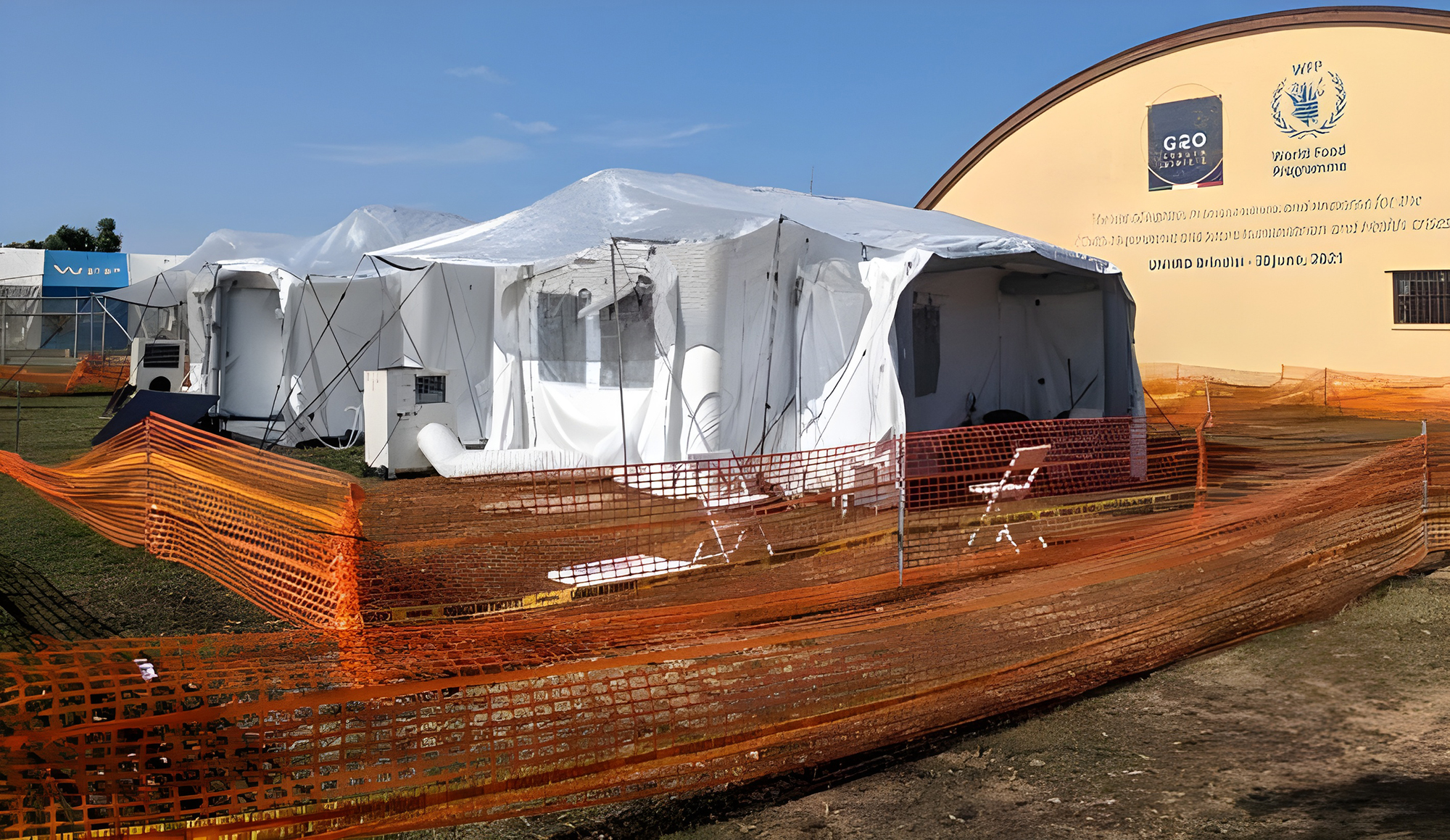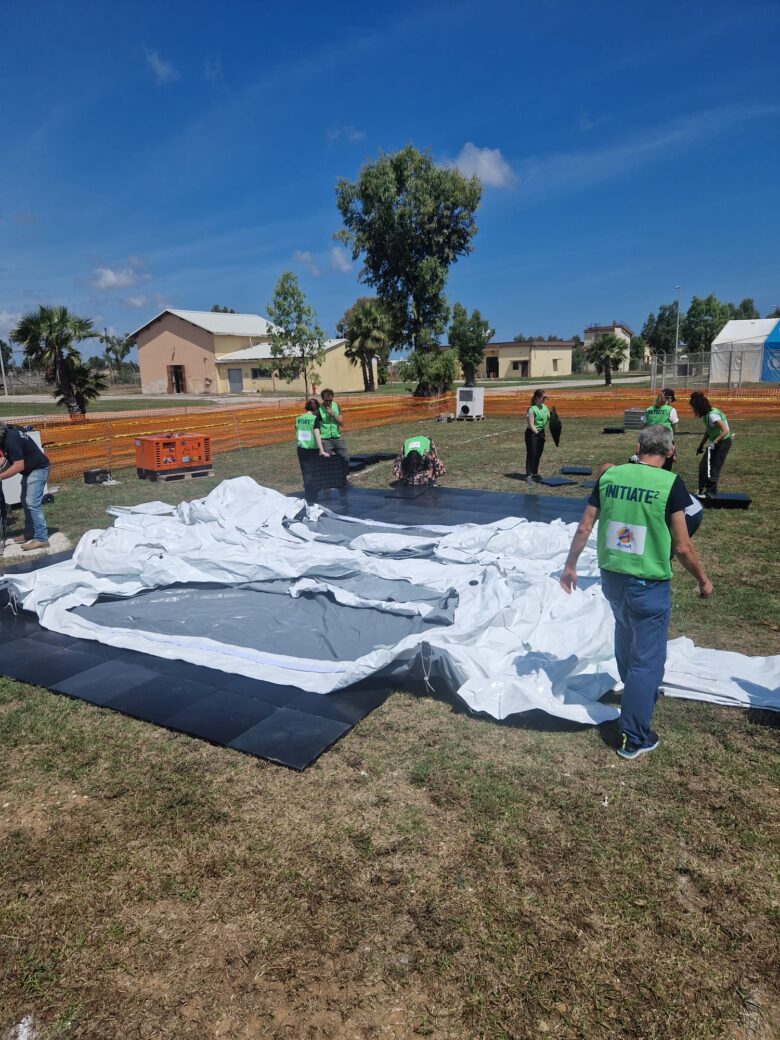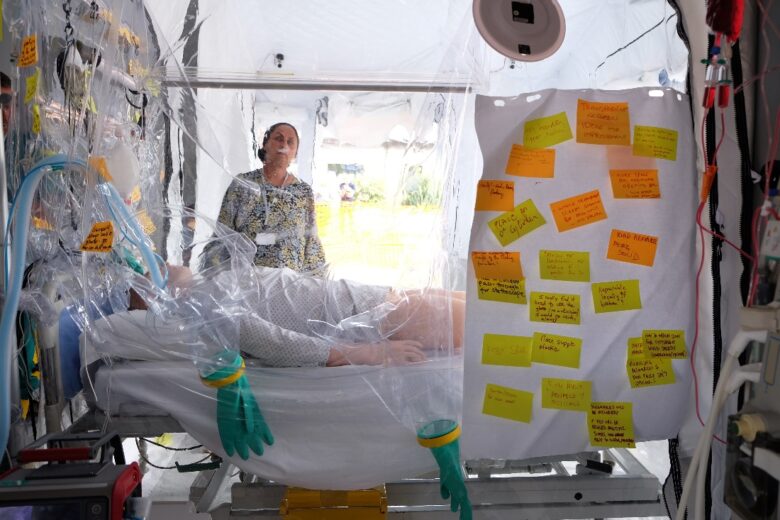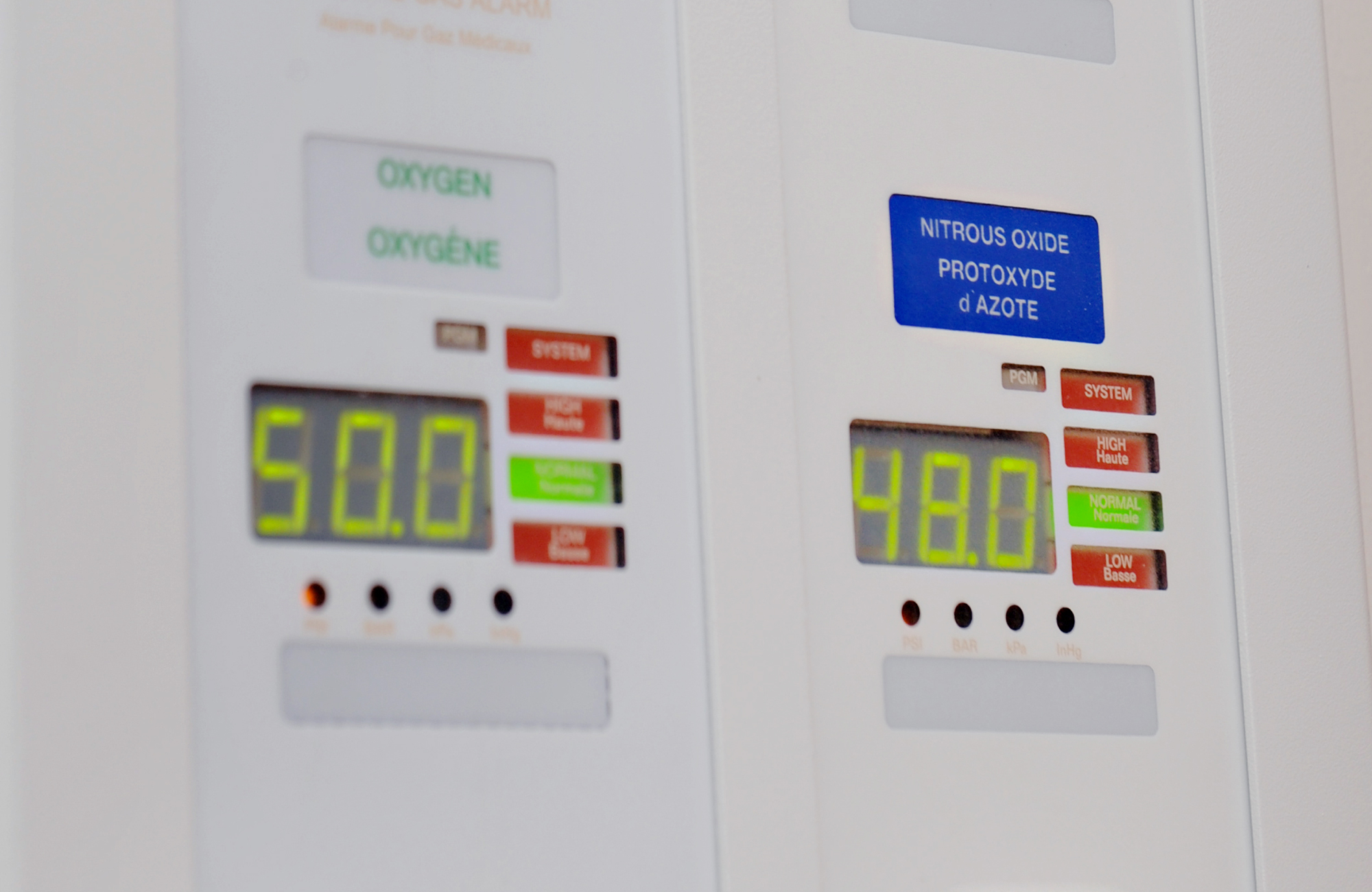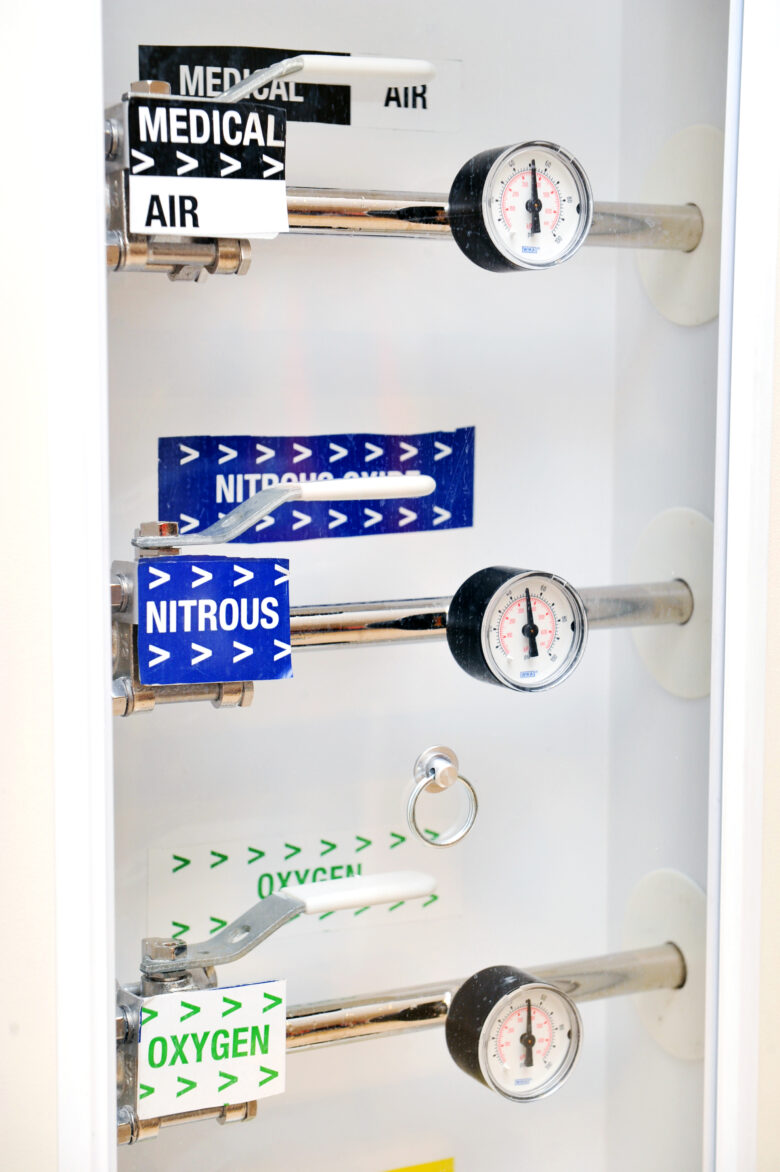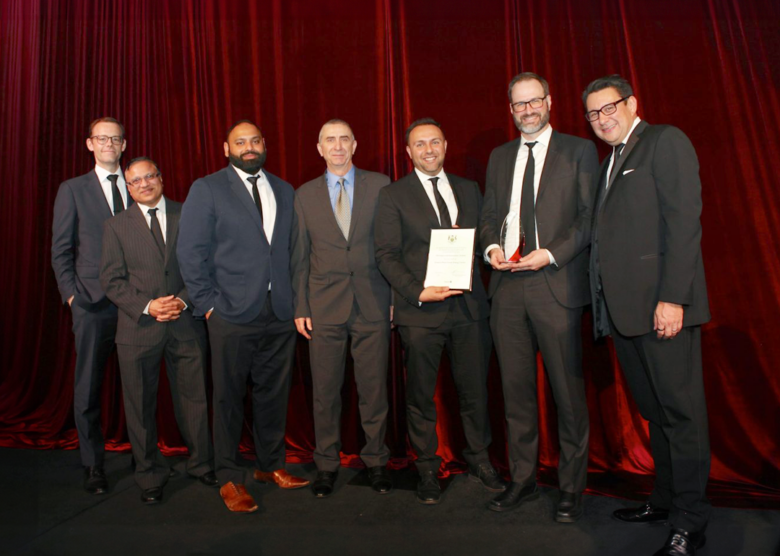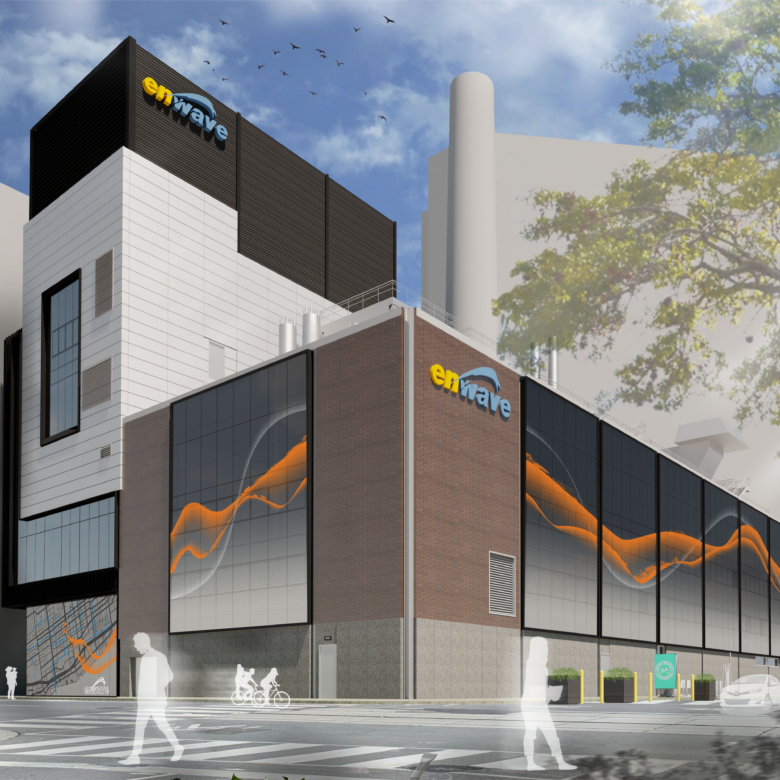
We’re pleased to introduce Daniel McKague, who has joined HH Angus as Director, Business Development. Daniel brings 20-plus years of business development (BD) and marketing experience in the AEC industry, in BD roles with architecture, consulting engineering and commercial real estate firms. He will be working closely with our Engineering Operations and Marketing teams to identify emerging opportunities, forge new client partnerships, and expand market share within our current sectors.
“Daniel is an outstanding addition to our team, bringing great business instincts, strong AEC experience and a proven track record. We’re looking forward to continue building great relationships with our clients and industry partners”, remarked Sameer Dhargalkar, Senior Vice President of Business Development and Marketing.
For his part, Daniel is looking forward to applying his deep industry experience and established client and partner connections to supporting HH Angus’ growth: “Relationships are critical to the success of any business, especially in the AEC market. Joining a firm that has over 100 years of success shows the value that HH Angus places on relationships and quality service. I’m looking forward to working with internal and external teams and supporting the Firm as it continues to provide excellent service, value, and insight to our clients and partners.”
Daniel is Past President of the Ontario Chapter of the Society of Marketing Professional Services and is an active member of industry organizations including NAIOP and ULI.
If you would like to learn more about HH Angus’ wide range of services across all our business sectors, please contact our BD team:

Daniel McKague

JD Tattle

Tim Peters

